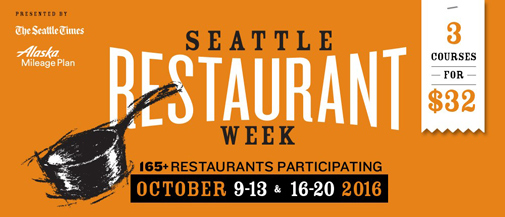The Origins of the “Happy Hour”
The phrase became known as a jolly time drinking with friends during late afternoon and early evening hours. So what constitutes a Happy Hour?
Firstly, the perfect place, of course. It must be a bar, lounge, saloon, tavern or watering hole that meets some very specific criteria. The bartender must be friendly and amiable. He must be able to make a really good knock-out drink but that doesn’t overwhelm the taste buds. The venue must be such that it allows conversation and celebration. It must have an atmosphere of conviviality unique to the hours that easily converts itself from cozy and soft at the start to a rambunctious cattle ranch by the hours’ end. There must also be offerings of great food and food service and an impressive liquor collection.
Today, in business parlance, happy hour is a weekday period between 4pm to 7pm when bars, clubs and lounges, even restaurants bring in the customers on their way home from work for drinks and small plates of food. Usually at attractive discounted prices, the exact economics of happy hour is the increased demand offsets the decrease in cost. Not to mention, if you are happy enough at the end of the Happy Hour, there’s a chance you’ll be staying well past the discount hours.
Amaro Restaurant: Where Happy Hours are Awesome!
Find this great Italian restaurant in downtown Bothell with a fabled double Happy Hour, one at 3pm to 6pm and another from 10pm to midnight, daily. Enjoy Tuscan small plates with your fave cocktails, an awesome bistro experience.

